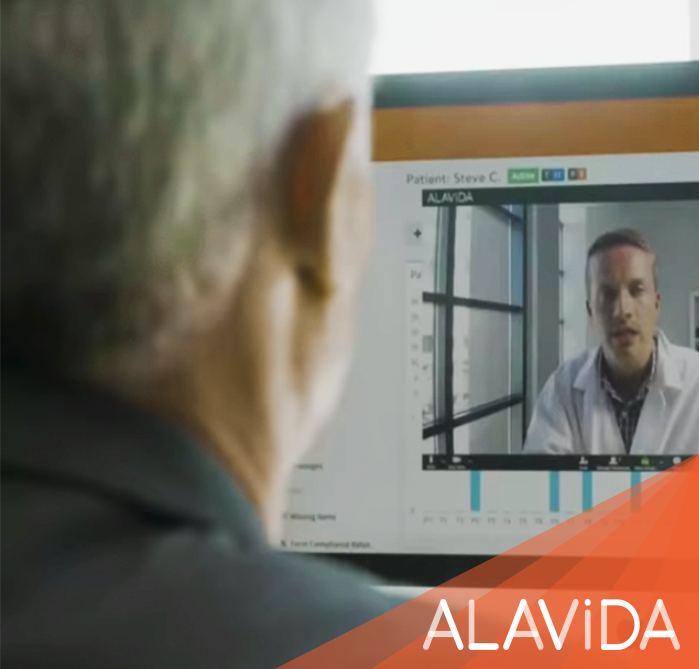From Heavy Drinking to Sobriety with Alavida: My Journey Using Naltrexone. [Testimonial]

When I enrolled in Alavida, one of my biggest questions was naturally how the medication would work. I’d done a little research before enrolling, just to see what I could find online. I’d read about the Sinclair Method, which is the practice of taking naltrexone shortly before drinking, rather than taking it daily. The internet seemed to agree that was the most effective medical approach. There seemed to be broad agreement that naltrexone had been well-tested and presented little danger of serious side effects. And it was FDA-approved. So I decided to be my own guinea pig. I wanted it to be true, but the burden of proof was squarely on Alavida. I’m a skeptic by nature.
The onboarding process began with a phone call. The medical directions were pretty simple:
- Take a pill at least an hour before drinking.
- Don’t drink liquor because naltrexone is less effective against it.
- If you are still drinking after six hours, take another dose.
 They were careful to emphasize that naltrexone is not a magic pill that makes desire disappear, and that only 30-40% of people have success with medication only. However, with counseling and coaching, it could be as high as 70%. I soon had my first virtual session with my Alavida physician. We also reviewed the instructions for taking naltrexone and how it was supposed to work to gradually diminish the brain’s reward response from alcohol. After all that preview, I was eager to get started.
They were careful to emphasize that naltrexone is not a magic pill that makes desire disappear, and that only 30-40% of people have success with medication only. However, with counseling and coaching, it could be as high as 70%. I soon had my first virtual session with my Alavida physician. We also reviewed the instructions for taking naltrexone and how it was supposed to work to gradually diminish the brain’s reward response from alcohol. After all that preview, I was eager to get started.
I put in my order at the local pharmacy and picked up my prescription soon thereafter. I knew I was unlikely to feel a big shift immediately. And that was true. Initially, I could not detect any difference in how I felt or reacted to alcohol. But of course, I stuck with it, keeping a “wait and see” attitude. After a couple weeks, I had my first video conference with my counselor. He confirmed I was taking my naltrexone and asked if I’d experienced any side effects. I had not. I also wasn’t sure if it was working or not. My drinking had declined a bit, but that may have been influenced by my counseling or simply the desire to drink less that got me into the program in the first place.
A few weeks into the program, my wife and I were having a date night. I’d nursed a few glasses of wine over the period of many hours. Out of habit, I poured myself a fourth glass around the beginning of a movie, and for pretty much the whole movie, I let it just sit there. I’d glance at it every once in a while, to observe it was still there, untouched. At a certain point, it occurred to me that might be the medication working. At the end of the evening, instead of finishing my drink, I poured it back into the bottle. That was oddly satisfying.
Throughout the program, my results were a bit cyclical. Like before the program, I’d go through a phase of strict adherence to a regimen, a phase of backsliding and then a phase of correction. But those indulgences became briefer and less indulgent. In a conversation I had with my Alavida counselor, he noted that naltrexone may affect your brain’s physiological craving, but it doesn’t change your psychology. That seemed about right to me. It doesn’t make you never want alcohol again, but it does seem to make it easier to say no.
One more thing about taking naltrexone. I’m now out of the program. My Alavida physician was able to continue renewing my prescription, so supply hasn’t been a problem. I’m actually in abstinence mode right now, so my supply is in steady state, but if/when I decide to try moderation again, it’ll be a comfort to have my naltrexone there to help keep me on track.
[Editor’s note: the links above have been added for clarity.]
Access the ALAViDA TRAiL app.

Aaron is a former Alavida client that has volunteered to share his experience with the medication he was prescribed during his treatment. His identity has been protected for privacy reasons.
